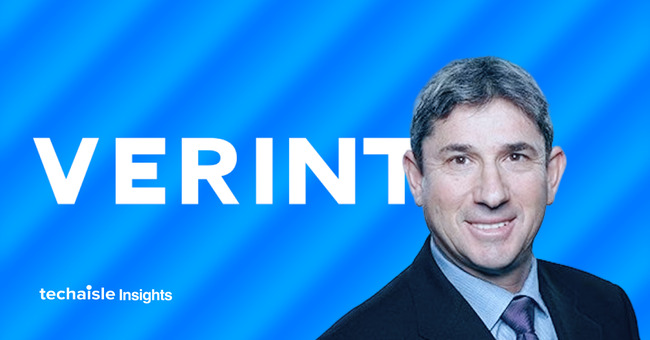As an industry analyst and a market researcher, it is my job to cut through the noise of the technology market and identify strategies that deliver tangible value. In the current AI-obsessed landscape, the Customer Experience (CX) sector is perhaps the noisiest of all. Every vendor promises sweeping transformation, yet a crisis of confidence is brewing. Based on Techaisle's ongoing research into enterprise and midmarket IT priorities, businesses are increasingly trapped in "pilot purgatory," spending fortunes on AI science projects that fail to deliver measurable outcomes. A vast majority of AI initiatives reportedly fail, often because they are measured by vanity metrics like "tokens consumed" instead of tangible business results.
Against this backdrop, Verint’s recent "Engage" conference presented a refreshingly pragmatic and potent strategy. Under the banner of "AI Business Outcomes. Now," Verint is making a calculated bet not on the hype of a monolithic, all-knowing AI, but on a focused, measurable, and open approach to CX Automation. This strategy is particularly relevant for enterprise and midmarket customers who are weary of disruption and demand demonstrable returns on their technology investments.

The Verint Strategy: Pragmatism Over Platitudes
At its core, Verint’s strategy is built on the understanding that CX operations are a complex web of manual workflows - from quality assurance and coaching to analytics and compliance. The goal of AI, therefore, should not be a vague promise of "intelligence" but the specific, targeted automation of these workflows to create capacity, boost revenue, and elevate customer experience simultaneously.
This philosophy underpins Verint's entire platform and go-to-market motion. Verint announced that over 50% of its annual recurring revenue is now derived from AI-powered solutions, a staggering jump from virtually zero just two years ago. This growth is not accidental; it is the result of a differentiated approach that directly addresses the primary fears and frustrations of today's technology buyers.
Deconstructing "Unique": The Four Pillars of Verint’s Differentiated Strategy
While many vendors claim to be unique, Verint's claim is substantiated by four interconnected strategic pillars that directly address key customer pain points.











